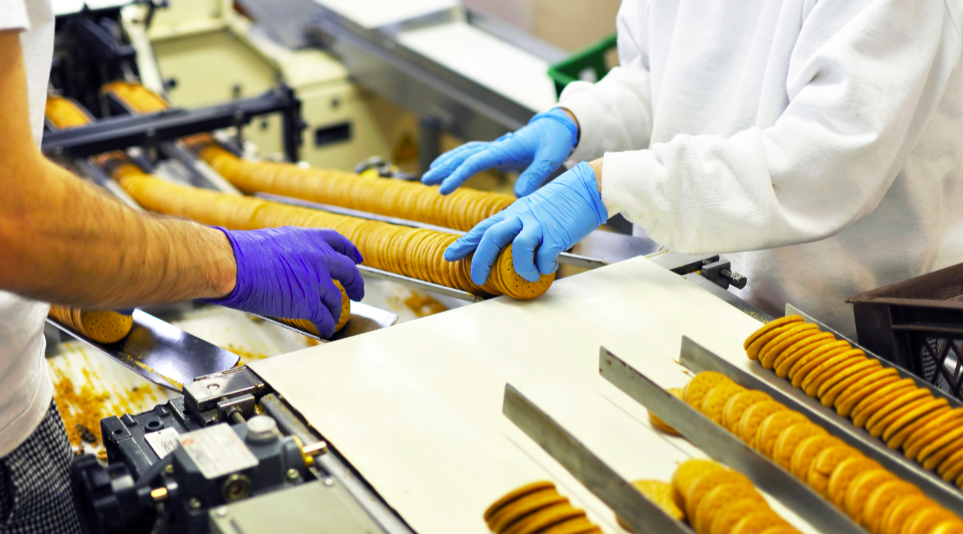Written by manon - 3 Minutes reading time
Labour market tightness demands creativity from food companies

Labour market tightness demands creativity from food companies
Labor market tightness is slowing down the growth of food companies. The shortage of people requires maximum creativity from entrepreneurs in captivating and retaining staff in order to secure future growth. In addition, more use of robots can provide relief. That is what ING Sector Banker Food Ceel Elemans says in the Food theme update.
The labour market tightened further in the fourth quarter of 2021. This reports the CBS. The total number of vacancies was 387,000 against 370,000 unemployed. For the first time, the number of vacancies exceeded the number of unemployed. According to economists, this situation will continue for a while. It has become even more difficult for many companies in almost all sectors to find good employees.
More vacancies and higher wages put further pressure on the labour market
The shortage in the labour market and the increasing wage costs are forcing entrepreneurs to look at their business operations in a different way. In the latest Economic Survey by Statistics Netherlands, an increasing percentage of entrepreneurs cite the shortage of labor as the biggest obstacle. This increasing deficit will affect the growth rate of the food industry in 2022.
The food industry is aging less quickly than the economy as a whole
The aging wave in the food industry is roughly equal to the national average, and the same applies to the age category of 15 – 25-year-olds. In the food industry, 24,000 employees will retire between now and 2030. That is 20% of the current occupation, which is lower than the total economy. Nevertheless, the food industry will have to make extra efforts to retain talent.
On the one hand, the food industry is following the tide. Corona has shown us all the importance of a well-functioning food production system.
On the other hand, working under harsh conditions (heat, cold, moisture, shifts) is a regular occurrence. Now that can be an added drawback. It is therefore important to keep work sufficiently attractive in a competitive playing field and to limit the outflow to other sectors.
Robotisation offers the food industry a helping hand
Labour costs are rising in the food industry. Labour productivity does not move evenly and that affects the competitive position. This certainly applies to the Netherlands, which is strongly export-oriented. The labour market is changing and the food industry is changing with it. The need for skilled, technical and IT personnel is growing. Robotisation, Artificial Intelligence and digitisation require different skills, skills and a higher level of education.
Part of the solution is to apply digitisation and robotisation even more. In three years' time, the Netherlands has moved up from 3rd to 1st place in Europe. More companies are considering investing in robotisation. To remain attractive for current staff and new talent, but also to maintain the competitive position.
Do you have a job opening right now that cannot be replaced by robotisation? And are you looking for an ambitious professional who can help increase the productivity of your Life Science organisation? Check out our different services and let our experts find a suitable professional for you. Discover here what we can do for you.
Also published on Vakbladvoedingsindustrie.nl
Want to stay informed about current Life Science and recruitment news on a regular base? Then register here for free.
